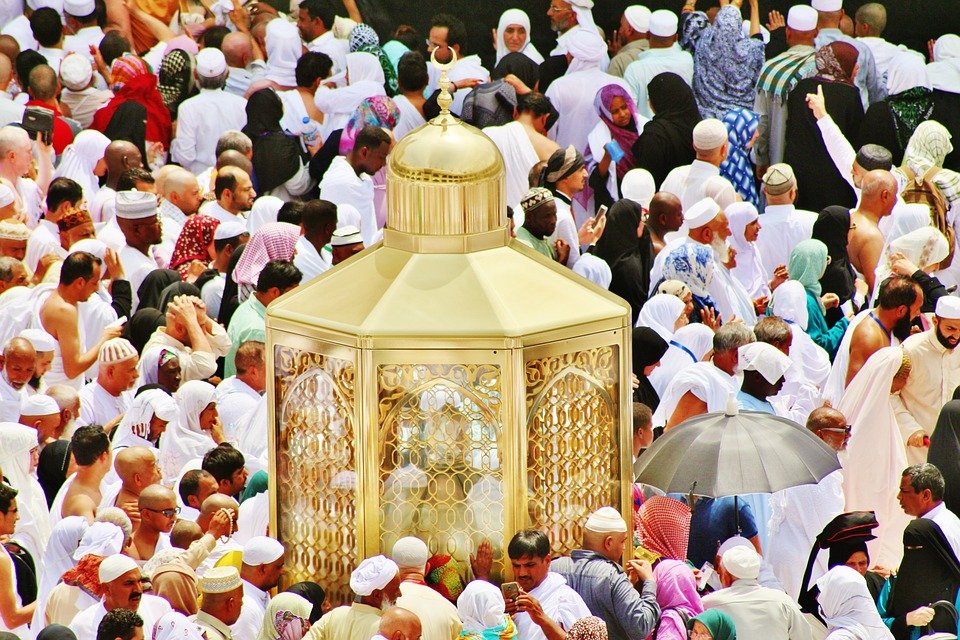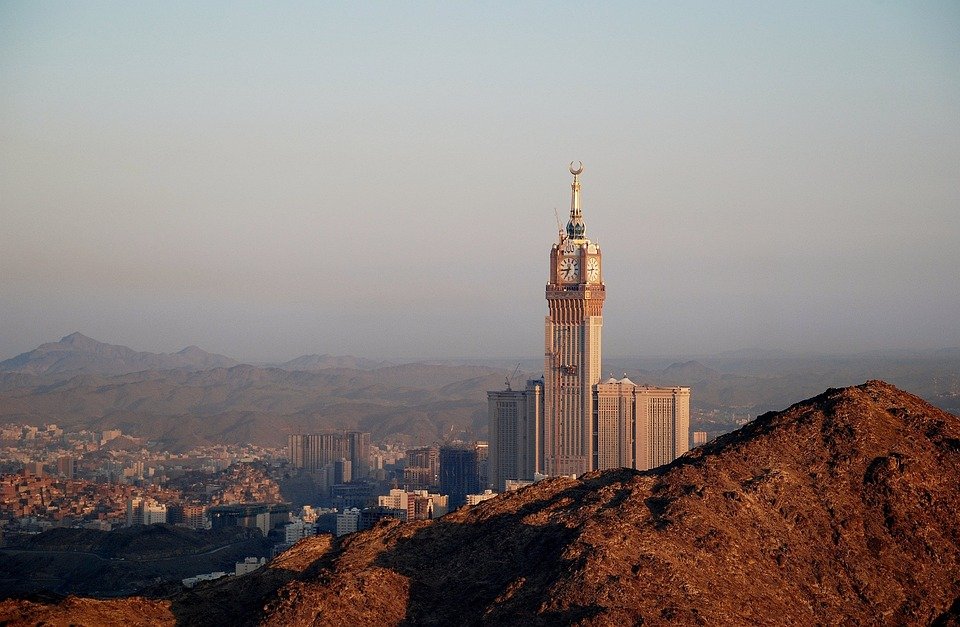You are here to read: How Many Times Prophet Muhammad Performed Hajj: A Key Insight – A Thoughtfully Written Guide Offering Spiritual Wisdom and Travel Advice for Every Pilgrim who is going on holy journey of Hajj or Umrah.
In this article, we explore how many times Prophet Muhammad performed Hajj, a crucial aspect of Islamic teachings. Hajj, the pilgrimage to the holy city of Makkah, holds immense significance in the lives of Muslims, and understanding the Prophet’s own participation enriches our perception of this sacred duty. Throughout this piece, I promise to guide you through essential insights regarding how many times Prophet Muhammad performed Hajj, providing a thorough and easy-to-understand perspective.
The significance of knowing how many times Prophet Muhammad performed Hajj cannot be overstated. It offers us a deeper appreciation of one of the Five Pillars of Islam, fostering a stronger connection to our faith. In my opinion, this information is vital for both seasoned pilgrims and those contemplating their first Hajj. At Airlinkhajjandumrah.com, we have accumulated nine years of experience in Umrah and travel to Makkah and Madinah since 2016, ensuring we are well-equipped to offer you valuable insights. Let’s explore this topic together, as I feel it can greatly enhance our understanding of Islamic practices.
How Many Times Prophet Muhammad Performed Hajj: A Key Insight
Understanding the Significance of Hajj
Hajj stands as the fifth pillar of Islam, symbolizing immense spiritual significance for Muslims worldwide. It serves not just as a religious duty but also as a powerful connecting experience among believers. Each year, millions gather in the sacred cities of Makkah and Madinah, motivated by faith and fellowship. Completing Hajj not only fulfills an obligation but also offers a chance for deep personal reflection and renewal.
The act of performing Hajj provides pilgrims with opportunities to cleanse the soul and seek forgiveness. Each ritual showcases devotion, from standing in prayer at Arafat to circling the Kaaba seven times. These practices collectively foster unity, embodying the essence of the Muslim community.
Prophet Muhammad’s Hajj Experience
Prophet Muhammad performed Hajj only once during his lifetime. This occurrence happened in 632 CE, shortly before he passed away. Known as the Farewell Pilgrimage, it marked a defining moment in Islamic history. He demonstrated the rituals of Hajj to his followers, laying down a profound framework for future generations.
During this pilgrimage, the Prophet emphasized obedience to Allah and highlighted values like humility and compassion. His teachings continue to guide Muslims today, influencing how they approach Hajj and Umrah. The lessons imparted during this singular pilgrimage resonate deeply within the heart of every believer.
The Farewell Pilgrimage: A Historic Moment
The Farewell Pilgrimage took place in the month of Dhu al-Hijjah. Muhammad, accompanied by thousands of followers, illustrated the steps of Hajj while offering impactful sermons. This marked not just a personal spiritual experience but also a collective awakening for the Islamic community.
You're at the middle of this awesome post at AirlinkHajjandUmrah.com through: How Many Times Prophet Muhammad Performed Hajj: A Key Insight. Keep reading, it gets better!
At Arafat, he delivered his famous sermon, leaving behind teachings that continue to inspire. This day served as a reminder of equality, morality, and the importance of belonging to the ummah, or community of believers. Such teachings reinforce the tenets of Islam, encouraging adherents to live righteously.
The Rituals of Hajj Introduced by the Prophet
The rituals observed during Hajj come from the practices introduced by the Prophet. These actions serve as a template that guides pilgrims today. From wearing the Ihram to performing Tawaf, each act holds profound meaning. They remind us of the core Islamic values, enhancing faith during the pilgrimage.
Part of the beauty lies in the simplicity of the rituals. Actions like the stoning of the devil represent the struggle against temptation and sin. These practices serve as enduring symbols, prompting pilgrims to reflect on their personal relationship with faith and their responsibilities in daily life.
Importance of the Prophet’s Teachings
The teachings shared during the Farewell Pilgrimage remain highly relevant. Muhammad addressed critical social issues, advocating for justice, compassion, and respect for human dignity. His emphasis on these values fosters an inclusive community that remains cohesive in modern times.
Pilgrims today seek inspiration from his examples. Understanding the Prophet’s beliefs can transform a routine pilgrimage into a deeply spiritual voyage. Contemplating these teachings enhances our connection with Islam, urging us to implement them in our lives beyond Hajj.
The Legacy of Hajj in Contemporary Times
Today, the significance of Hajj transcends generations. Millions undertake the pilgrimage annually, motivated by various reasons—spiritual renewal, community bonding, or seeking forgiveness. Each pilgrim carries with them the teachings of the Prophet, striving to emulate his example.
The increased accessibility to resources about Hajj means that more individuals can deepen their understanding of its significance. Modern technology enables pilgrims to share experiences and bond over mutual faith. This exchange of stories enriches our collective understanding and strengthens our spiritual ties.
Conclusion: Reflecting on Our Pilgrimage
As we contemplate the profound insights offered by the life and pilgrimage of Prophet Muhammad, we realize the ongoing relevance of Hajj. Each ritual, anchored in his teachings, urges us to live ethically and graciously. Engaging in Hajj or even Umrah becomes not just a journey but a commitment to better ourselves within our communities.
In closing, the legacy of Hajj continues to resonate today. Each act, inspired by the Prophet’s lone pilgrimage, serves as a reminder of our shared responsibilities. By internalizing these lessons, we forge a more compassionate and cohesive society. Whether we are pilgrims or supporters, the spirit of Hajj binds us together in faith and understanding.
That wraps up How Many Times Prophet Muhammad Performed Hajj: A Key Insight. Thanks for sticking with us till here! Share this: How Many Times Prophet Muhammad Performed Hajj: A Key Insight with your friends.
Check our homepage at Air Link Hajj & Umrah for more awesome updates.
Some interesting posts are: 1: Umrah Mubarak, 2: When is Umrah closed 2026?, 3: When does Umrah start after Hajj 2026?
Mushu, an experienced Saudi Arabia traveler and writer, shares insightful tips and spiritual reflections to enhance Hajj and Umrah journeys for fellow pilgrims. He has been to Makkah and Madina from 2016 to 2023 many times and his posts will reflect this.







